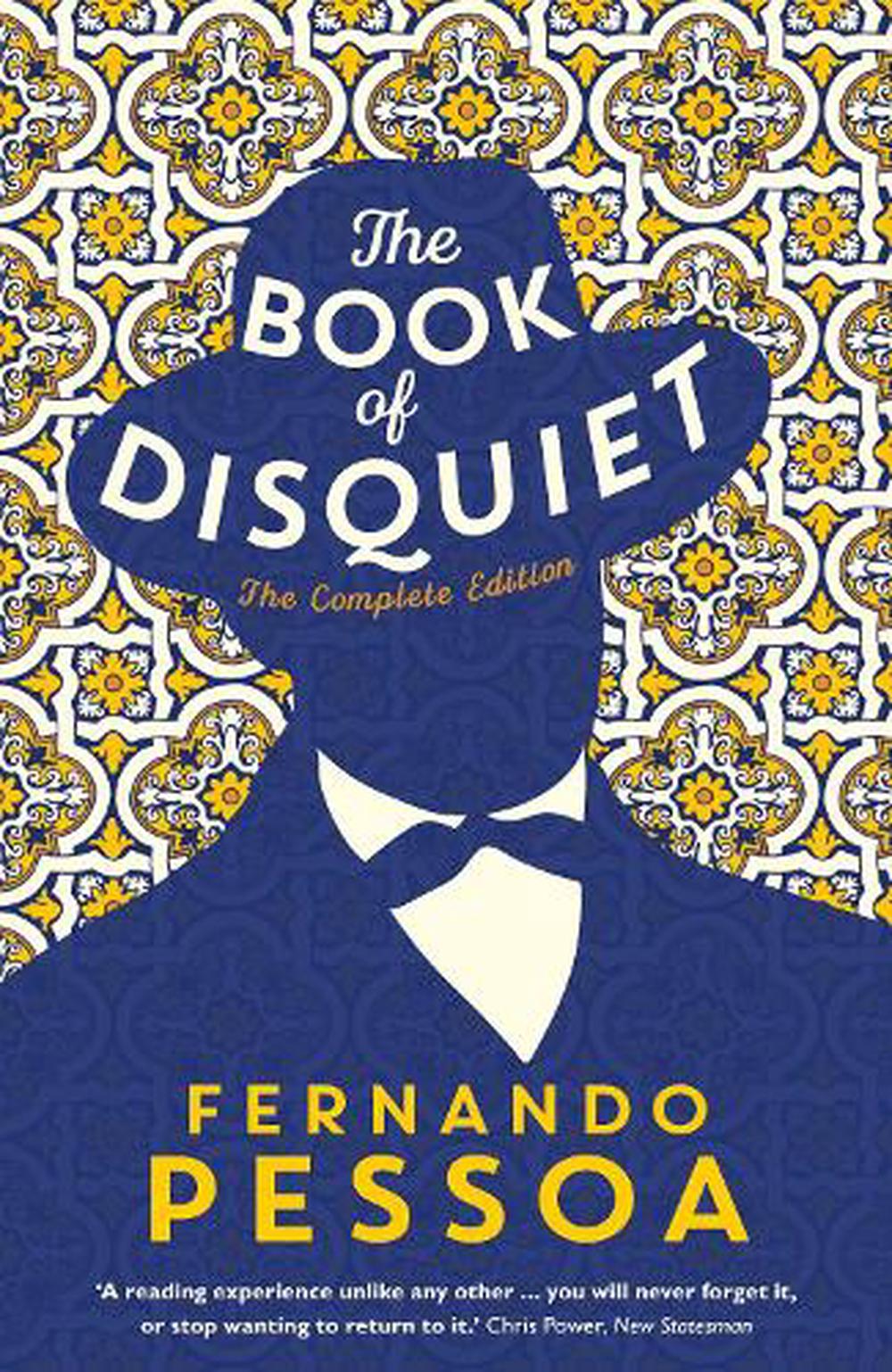

As Adorno famously said, the finished work is, in our times and climate of anguish, a lie. Hence the fragmentary condition of The Book of Disquiet, which contains material that predates 1913 and which Pessoa left open-ended at his death. Hence the vast torso of Pessoa's Faust on which he laboured much of his life. The very kaleidoscope of voices within him, the breadth of his culture, the catholicity of his ironic sympathies – wonderfully echoed in Saramago's great novel about Ricardo Reis – inhibited the monumentalities, the self-satisfaction of completion. "The fragmentary, the incomplete is of the essence of Pessoa's spirit. The Book of Disquietude was various books (yet ultimately one book), with various authors (yet ultimately one author), and even the word disquietude changes meaning as time passes." In his introduction, he writes that "if Bernardo Soares does not measure up to the full Pessoa, neither are his diary writings the sum total of Disquietude, to which he was after all a johnny-come-lately. Richard Zenith, editor of a new Portuguese edition in 1998, took the option of presenting a single volume, as in his English translation of 1991. The second phase, more personal and diary-like, is the one credited to Bernardo Soares.

However, António Quadros considers the first phase of the book to belong to Pessoa himself. Fernando Pessoa drinking a glass of wine in a Lisbon tavern in 1929.


 0 kommentar(er)
0 kommentar(er)
